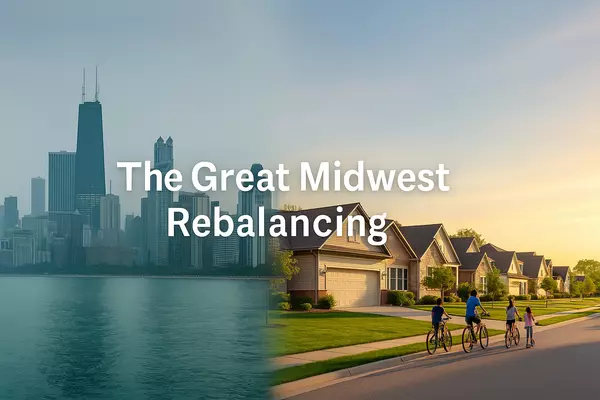Remote Work’s Lasting Impact: Where People Are Moving Now

Remote Work’s Lasting Impact: Where People Are Moving Now
Remote work wasn’t just a temporary shift — it permanently reshaped how and where people choose to live. Even as offices reopen and hybrid schedules become common, the freedom many workers experienced has altered long-standing migration patterns across the U.S. Instead of being tethered to bustling metros, people are spreading out, choosing locations that better match their lifestyle, budget, and priorities.
Below are the leading trends defining where people are moving now — and why those choices are likely to stick.
1. The Enduring Appeal of Mid-Sized Cities
Even now, mid-sized cities continue to attract remote workers who want affordability without sacrificing amenities. These locations offer:
-
Lower housing costs
-
Walkable downtowns
-
Growing job markets
-
Better work-life balance opportunities
Cities like Raleigh, Columbus, Kansas City, and Salt Lake City consistently rank high in inbound migration as remote workers seek more space and less stress.
2. The Rise of Lifestyle Destinations
Remote workers are choosing places that support the life they want — not the commute they had. Popular lifestyle-driven moves include:
Outdoor & Adventure Towns
Bend (Oregon), Asheville (North Carolina), and Bozeman (Montana) attract professionals who value nature and recreation.
Sunbelt & Warm-Weather Cities
Phoenix, Tampa, and Austin remain popular for their climates, lower taxes, and abundant amenities.
Small Coastal Cities
Charleston, Wilmington, and Sarasota offer scenic living that was once only available to retirees.
With remote work, these formerly vacation-centered towns have become year-round homes.
3. Major Metro Exodus (Though Slowing)
While the dramatic migration out of cities like San Francisco, Seattle, Los Angeles, and New York has cooled since the height of the pandemic, the pattern remains:
-
High costs
-
Long commutes
-
Crowded environments
-
Rising interest in homeownership
People aren’t fleeing major metros in panic anymore—they’re simply opting for places where quality of life goes further.
4. Suburbs Are Booming — Again
Suburbs have been revitalized by remote workers looking for:
-
More square footage
-
Dedicated home office space
-
Better school districts
-
Larger yards
Hybrid workers, in particular, favor suburbs within striking distance of big cities, such as:
-
New Jersey suburbs of NYC
-
Northern Virginia outside Washington, D.C.
-
Dallas–Fort Worth’s suburban ring
-
Chicago’s western suburbs
The “super commute” (driving into the office only once or twice a week) has become normal.
5. Tax-Friendly States Continue to Win
States with no income tax — like Florida, Texas, Tennessee, and Nevada — still draw a substantial number of remote workers. Lower everyday expenses and growing business ecosystems make these states long-term winners in the remote work era.
6. International Remote Work Is Growing Slowly but Steadily
A portion of remote workers are using their flexibility to go abroad. Destinations offering digital nomad visas, such as Portugal, Costa Rica, Mexico, and Spain, remain top choices.
While still a smaller segment of the trend, international moves reflect the growing normalization of borderless work.
7. What This Means for the Future of Work & Housing
Remote work has permanently changed the real estate landscape:
-
Increased demand for multi-purpose homes
-
Higher value placed on space, light, and flexibility
-
More dispersed population centers
-
Growing pressure on once-quiet small towns
Even if the typical workweek becomes more hybrid over time, the genie isn’t going back in the bottle. Workers now know they can choose—and they are choosing based on values rather than office locations.
Categories
Recent Posts










GET MORE INFORMATION


